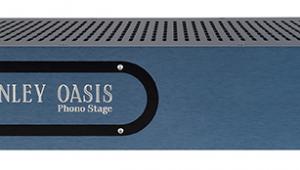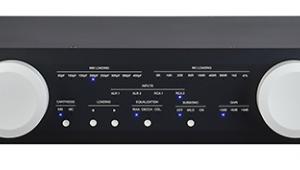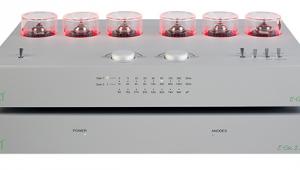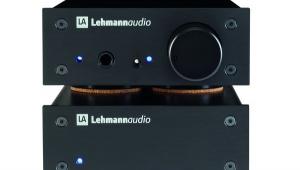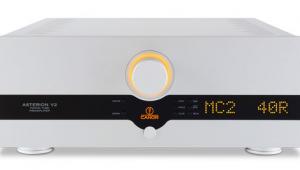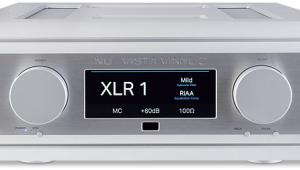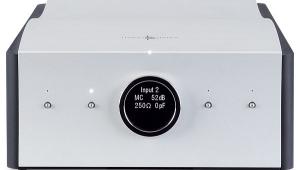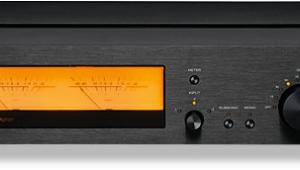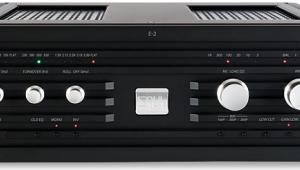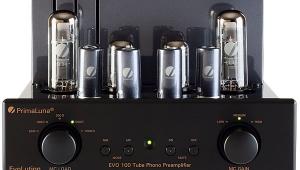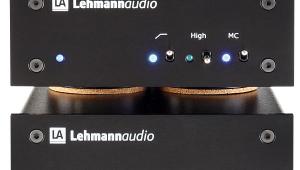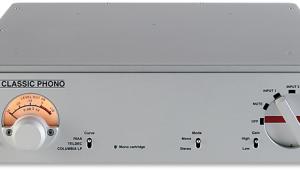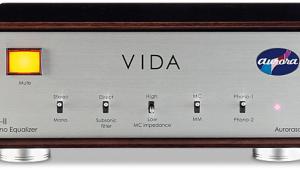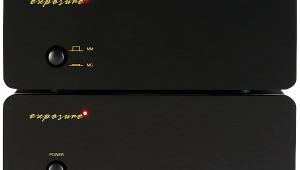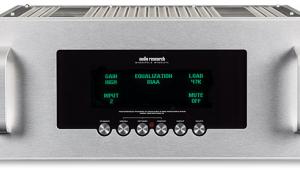Manley Chinook Phono Preamplifier Page 2
It didn't even require audiophile pressings of a super-quiet vinyl formulation, although I suspect that three of the LPs I chose for the opening session were of higher quality than normal. These various artists samplers, Living Presence Stereo [Fontana SFXL52/88223 DY], Dimensions In Sound [CBS WSR 978] and Ultimate Stereo Presentation [EMI/Columbia STWO 3], date from 1968-1972 and were designed to show off sound systems with real music, without reverting to the previous decade's penchant for recordings of railway express trains, table tennis matches or rainfall.
Sweet Sounds
From the Fontana LP, I wallowed in the sheer snap of the Baroque Brass' interpretation of a 'A Taste Of Honey', the recording on a par with the best of Herb Alpert's A&M offerings. There's a shimmer to brass and speed to the attack which I've never heard more convincing than via a Decca Gold, a sound vivid enough to expose any weaknesses or oddities in one's tweeters' behaviour. What delighted me about the Chinook was the ability to match the Decca's forte – unmatched treble 'tingle' – with the MCs, thanks to the adjustments allowed by the DIPs.
This is not the place to veer off into the vagaries of cartridge values, but I recall designer Peter Madnick of Audio Alchemy fame preferring infinitely variable load capability, or access to custom values [see HFN Jan '17]. Why? because so-called '100ohm' or '50ohm' recommended loads might benefit from plus-or-minus a few ohms either way. That's why the hard-core among you typically set values by ear, not just by the numbers.
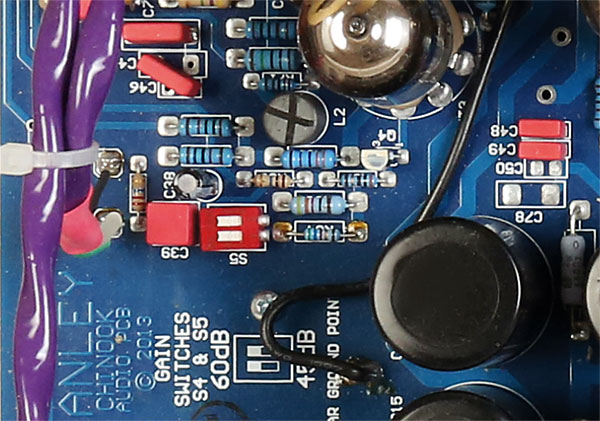
In practice, I found that judicious use of the DIPs, changing by even a few ohms, could audibly affect the frequency extremes. Once content, however, I delighted in the Chinook's exceptional resolution – moving back a track on the Fontana LP to Joe Henderson's gentle 'A Man Without Love', I was able to hear the difference between the quality of a Fontana original vs Mercury.
It was a lesson in audiophilia, and why vinyl junkies worship Mercury LPs. (I'm spoiled, though, by owning a dozen or so Mercurys on open-reel tape.) Don't get me wrong: the Fontana 'sound' was as silky as you could want, but the Chinook revealed an unmistakeable airiness that is part of the Mercury signature. Call it authenticity, or naturalness or whatever you like – Manley's Chinook embraced it.
Beauty And Bombast
Even more fun was moving to the EMI LP, and Bravo Brasso's hilarious 'When I'm Sixty-Four'. I couldn't believe how masterfully it captured the spirit of The Beatles' original, while the rich, deep and solid bass distracted me from listening in analytical mode, instead simply revelling in its beauty. Then I looked at the liner notes and saw that this version, like the original, was produced by George Martin. Sigh.
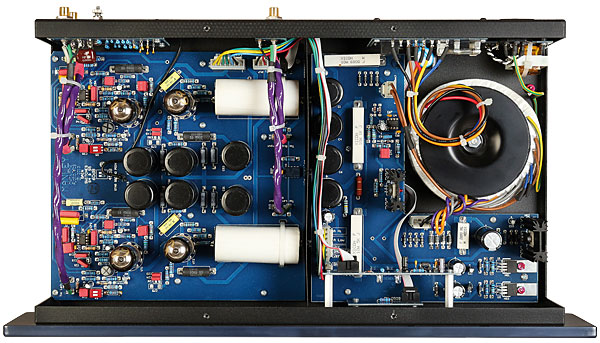
It was the CBS LP that really showed me the Chinook's mettle, because – unlike the other two samplers – this wasn't merely easy listening/big band material designed to display tasteful bombast. The Tremeloes' 'Silence Is Golden' had a silkiness which I expected, but I was unprepared for the sheer mass of the bass. Moving to the late, great Lynn Anderson's C&W classic, 'Rose Garden', the stage depth and rollicking bass line enhanced the pleasure so far beyond its usual AM radio presentation (does AM still exist?) that I wanted to stop right there. But something arrived which I couldn't resist...
The Beach Boys 4LP box set, Feel Flows [Capitol 02508 80212] – see p27 – contains one of my all-time fave LPs, Surf's Up, with the original, super-lush 'Disney Girls', 'Don't Go Near The Water' (even more relevant now than in 1971), and the gorgeous ''Til I Die'. By this time, The Beach Boys were so utterly masterful in the studio, in such control of sonic textures that the LP is a smorgasbord of sound effects, breathtaking harmony, cavernous bass and experimental concepts, such that it nearly matches the earlier, brilliant Pet Sounds [HFN Sep '16].
The Chinook's dynamic capabilities defied any hint of clipping or compression, while the sonic scale was utterly massive. I had to dig out a pair of vintage electrostatic speakers just to hear them 'disappear'. Trust me: the Chinook is simply irresistible.
Hi-Fi News Verdict
In a word: wow! Lest my fervour hide the fact that there are dozens of superb all-tube phono stages out there, at all prices, the Manley Chinook ranks among the precious few offering total control over matching, while the gain ensures suitability with just about any system it might face. Only complaint? Needing to get inside to change it. That this was achieved at a price below £3000 is the cherry on the top.

